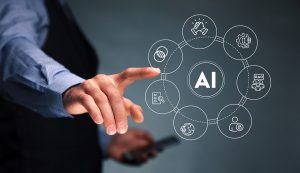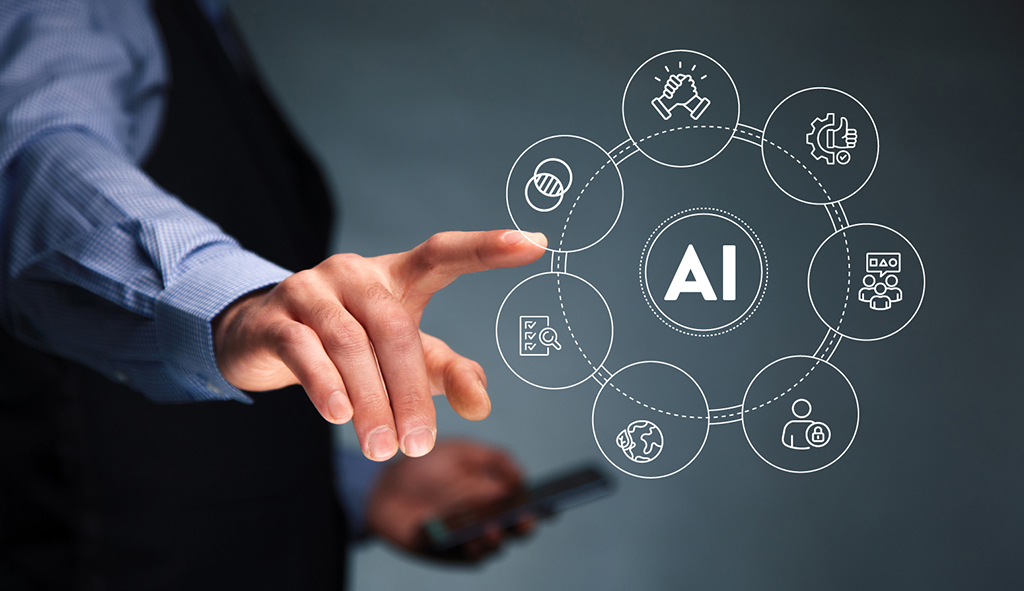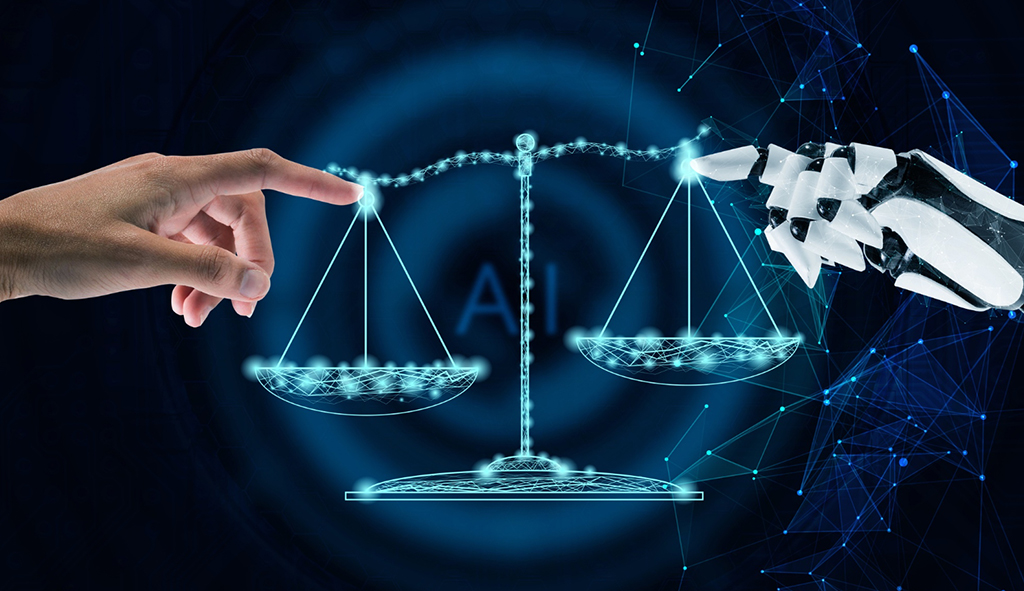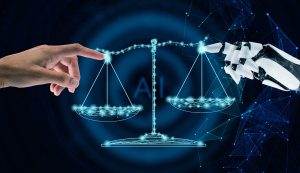The localization industry has long relied on traditional methodologies to deliver first-rate translation work. But as technology continues to reshape the ways in which businesses communicate across borders, many translators are taking enthusiastic advantage of new and evolving tools to streamline their workflows and increase efficiency.
To employ innovations like artificial intelligence (AI) and machine translation (MT) effectively and responsibly, localization experts must seamlessly integrate them into their processes while still ensuring that human expertise is driving the quality of the project.
Few in the industry are better equipped to take on this challenge than a solutions architect (SA). Among their many responsibilities, which we outlined in an earlier post, solutions architects remain ever-mindful that any technology they use to augment any localization project has to complement human expertise—and not replace it.
Let’s explore more about how an SA works to strike this essential balance between innovation and ethical localization.
Ensuring Technology’s Positive Impact on Localization

Localization technology has the enormous potential to transform workflows on a broad scale. Solutions like AI-powered translation systems can reduce turnaround times and ingest large volumes of content, while automation can simplify repetitive tasks. Such upsides are undeniable, but even so, these tools can present challenges. For example, human overreliance on technology during the localization process runs the risk of losing cultural nuance, and lack of human oversight can lead to biased or inaccurate translations.
Solutions architects circumvent these pitfalls by crafting workflows that incorporate technological innovation to enhance human proficiency. “The key to using AI and MT is balance,” explains Sara Rodríguez, a solutions architect at Terra. “We integrate these tools into workflows to expedite processes, but we always require human oversight to maintain the highest level of quality control.”
For instance, MT has the capability to generate initial drafts of translations for high-volume content—of, say, a technical manual. A solutions architect will ensure that the MT was carefully and securely trained on industry-specific glossaries and quality standards so that the technology’s output is as cohesive and informed as possible. However, the SA will also ensure that linguists then join the workflow to further refine the MT’s draft for even stronger accuracy and cultural relevance.
Similarly, a solutions architect might design a workflow in which AI accelerates various repetitive tasks, which frees professionals to focus on facets of localization that require creativity and cultural expertise.
The Vital Role of Human Oversight

In the end, it is that very human creativity which is so essential to preserve, and which remains an irreplaceable factor in successful localization. Technology alone cannot deliver it. Human translators bring cultural sensitivity, context, and an understanding of idiomatic expressions to their work in ways that AI cannot replicate.
At Terra, solutions architects bear this in mind as they ensure that human input and checkpoints are prioritized and utilized in every workflow. In addition, our SAs remain vigilant for any project-related ethical considerations that must be made for people who may be affected by the technologies in use.
“We think a lot about the EU’s General Data Protection Regulation,” says Sara. “The right of end users to not be subjected to a decision based solely on automated processing should be enforced.”
Conclusion
As technology continues to shape the localization industry, the role of SAs becomes more critical than ever. By leveraging AI and MT responsibly while safeguarding cultural integrity, solutions architects build trust and deliver meaningful, authentic global communication. Their efforts not only ensure successful localization, but also reinforce the vital human connection that lies at the heart of every project.













































